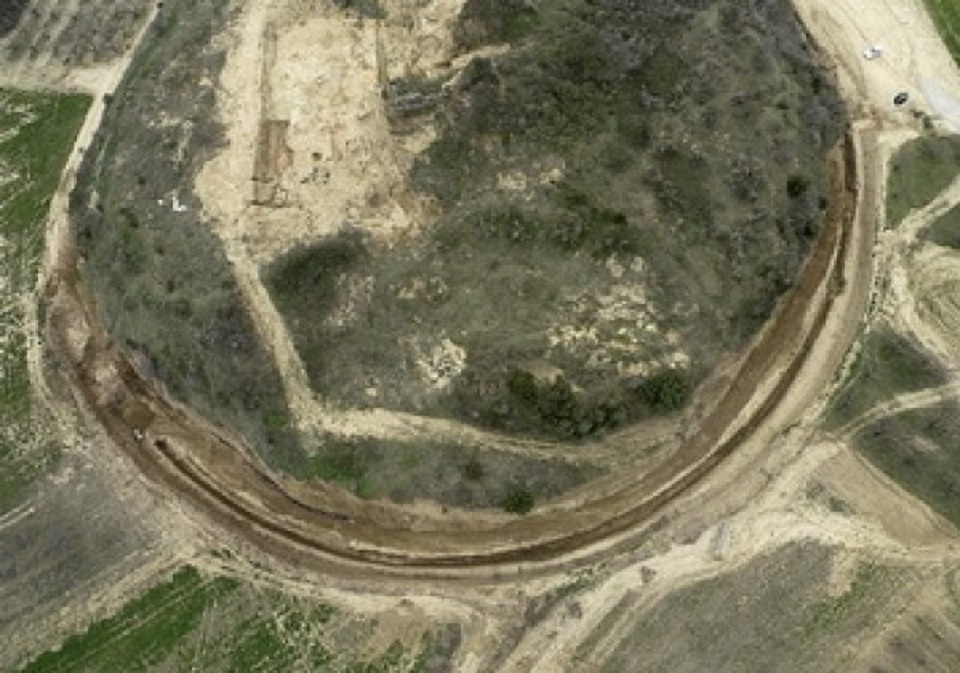
Where Alexander the Great was buried has remained a mystery but now some new findings may provide clues.
Archaeologists have been excavating a tomb just north of Thessaloniki in Northern Greece dated to between 325 and 300 BCE. The tomb is richly decorated with both sphinxes and frescoes, often found at ancient Greek excavations.
A Tomb Worthy of an Emperor
The structure is believed to be a mound and it is indeed huge. 500 meters long and three meters high. The biggest burial tomb ever discovered in Greece. Seen to the left in an aerial photo of the area.
The tomb was found in the region and city of Amphipolis which is rich with archaeological findings and is believed to having been settled at least 5,000 years.
Amphipolis was ruled by Illyrian tribes during the 8th and 7th century BCE. Legend describes that when Xerxes I of Persia passed the area during his invasion of Greece of 480 BCE, he sacrificed to the river gods. As the Persians lost the war, Athens conquered the region.
After the war against Persia and the resulting supremacy of Athens. The Peloponnesian War (431-404 BCE) took place. A devastating civil war that made Greece vulnerable. And the fruit was ripe to be taken.
Northern Greece was then conquered by the ancient kingdom of Macedon. And came to be ruled by Philip II (382–336 BCE, who were Alexanders father and came later to be a part of Alexander the Great’s (356 – 323 BCE) vast empire. To be conquered by Rome in in 168 BCE.
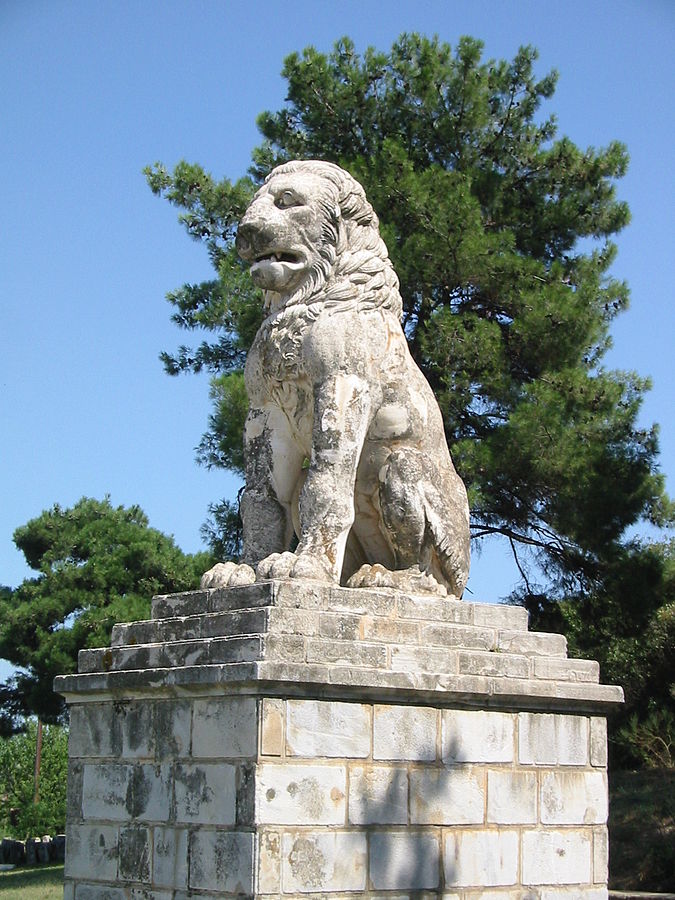
But why would the tomb be that of Alexander?
The archaeologist’s reasons to why there-there might be a connection to Alexander the Great. The first clue is that he happened to die in 323 BCE. The same time period for which the tomb was constructed.
Alexander died in Babylon, about 80 kilometers (50 miles) from Baghdad in modern-day Iraq. His tomb has however never been found.
The sociopolitical engravings, both sphinxes, and frescoes, at the tomb seems to suite Alexander’s very cosmopolitan empire.
The Legacy of Alexander
Alexander the Great (Alexander III of Macedon) was king of Macedon. Born in Pella in 356 BCE and tutored by Aristotle until the age of 16. By the age of 30 he had created one of the largest empires of the ancient world, stretching from the Ionian Sea to the Himalayas.
Undefeated in all his battles, he is considered one of the history’s most successful commanders. He went eastwards and conquered the whole of the Persian Empire seeking to reach the ‘ends of the world,’ he invaded India in 326 BCE but later turned back.
It is believed that Alexander the Great died in Babylon in 323 BCE just before his plans to invade Arabia were to take place. There are several stories that describe where Alexander the Great was buried after he suddenly died of fever at the age of just 32. The cause of his death has been controversial however, malaria has been suggested, so has poison.
However, ancient historians tell us that his body was laid to rest in a gold sarcophagus filled with honey. And that he was taken to Memphis in Alexandria in Egypt. Where it remained until late Antiquity. Then several famous Romans such as Pompey, Augustus, and Julius Caesar have all said to have visited his tomb in Alexandria.
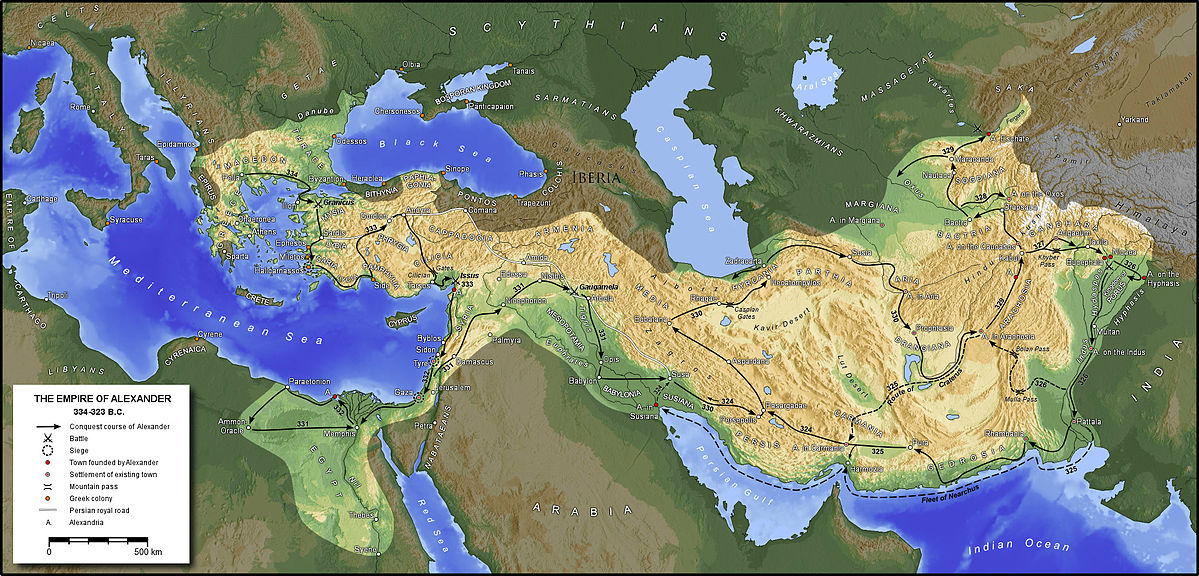
A statement from the Greek Culture Ministry enthusiastically celebrated that archaeologists have partly excavated the mound. And that the excavation has yielded a ‘very remarkable’ marble-faced wall from the late 4th century BCE.
If the tomb does not contain the remains of Alexander The Great, experts believe the mound could contain the remains of another king or is at least an important royal Macedonian.
Whoever is contained within, the excavation will continue, and whether it is Alexander remains to be seen.
_______________
Greece’s Culture Ministry
______________________________

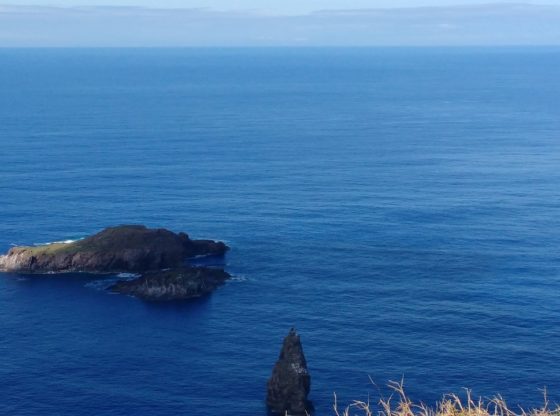
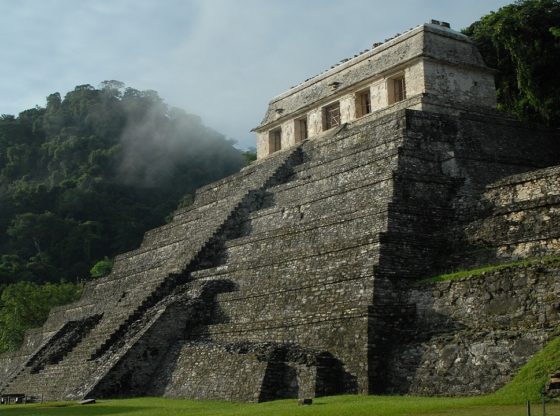
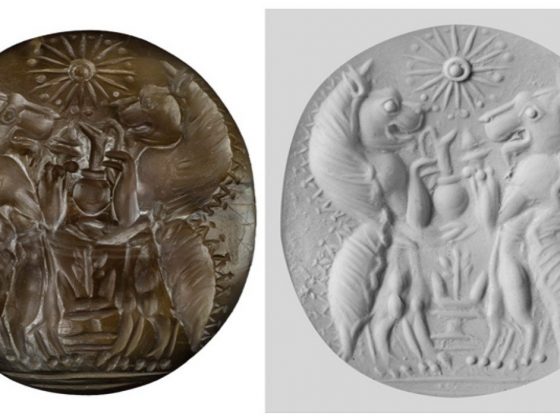
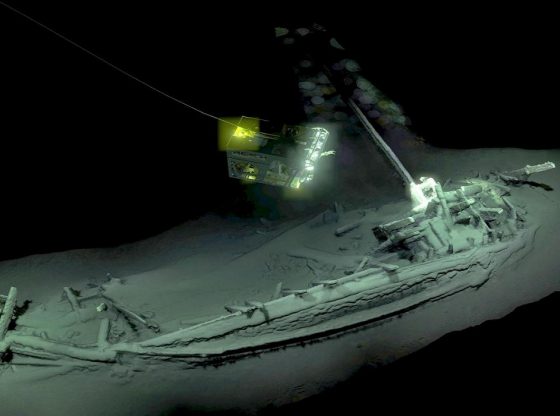

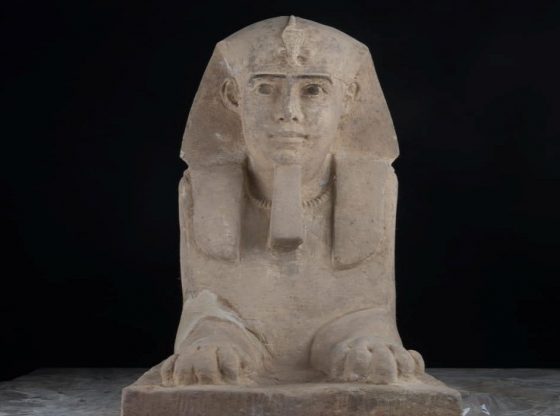
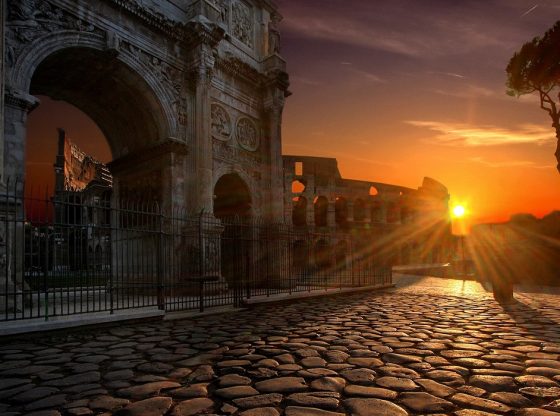

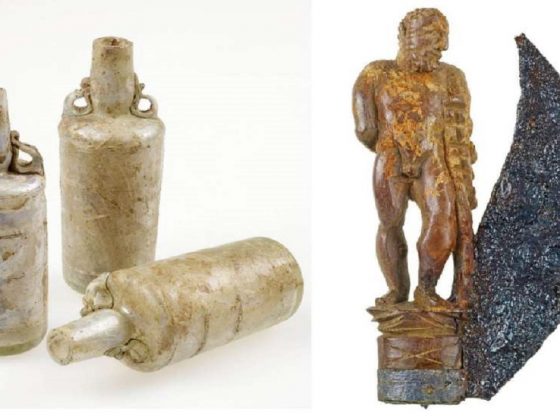

![OpenAI. (2025). ChatGPT [Large language model]. https://chatgpt.com](https://www.illustratedcuriosity.com/files/media/55136/b1b0b614-5b72-486c-901d-ff244549d67a-350x260.webp)
![OpenAI. (2025). ChatGPT [Large language model]. https://chatgpt.com](https://www.illustratedcuriosity.com/files/media/55124/79bc18fa-f616-4951-856f-cc724ad5d497-350x260.webp)
![OpenAI. (2025). ChatGPT [Large language model]. https://chatgpt.com](https://www.illustratedcuriosity.com/files/media/55099/2638a982-b4de-4913-8a1c-1479df352bf3-350x260.webp)








